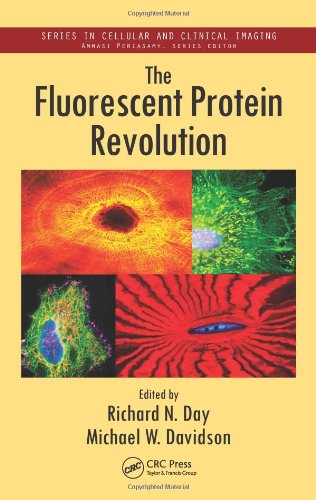

Most ebook files are in PDF format, so you can easily read them using various software such as Foxit Reader or directly on the Google Chrome browser.
Some ebook files are released by publishers in other formats such as .awz, .mobi, .epub, .fb2, etc. You may need to install specific software to read these formats on mobile/PC, such as Calibre.
Please read the tutorial at this link: https://ebookbell.com/faq
We offer FREE conversion to the popular formats you request; however, this may take some time. Therefore, right after payment, please email us, and we will try to provide the service as quickly as possible.
For some exceptional file formats or broken links (if any), please refrain from opening any disputes. Instead, email us first, and we will try to assist within a maximum of 6 hours.
EbookBell Team

5.0
30 reviewsAdvances in fluorescent proteins, live-cell imaging, and superresolution instrumentation have ushered in a new era of investigations in cell biology, medicine, and physiology. From the identification of the green fluorescent protein in the jellyfish Aequorea victoria to the engineering of novel fluorescent proteins, The Fluorescent Protein Revolution explores the history, properties, and applications of these important probes.
The book first traces the history of fluorescent proteins and the revolution they enabled in cellular imaging. It then discusses fluorescent proteins with novel photophysical properties. The book also covers several cutting-edge imaging applications. These include superresolution microscopy of cellular fine structures, FRET microscopy to visualize protein interactions and cell-signaling activities inside living cells, photobleaching and photoactivation techniques to visualize protein behaviors, techniques that exploit plant and algal photoreceptors to enable light-regulated control of enzymatic activities, and the noninvasive imaging of tumor–host interactions in living animals.
In color throughout, this book presents the fundamental principles and latest advances in the field, including the associated development of imaging techniques that exploit fluorescent proteins. It is accessible to a broad audience, from optical imaging experts to novices needing an introduction to the field.